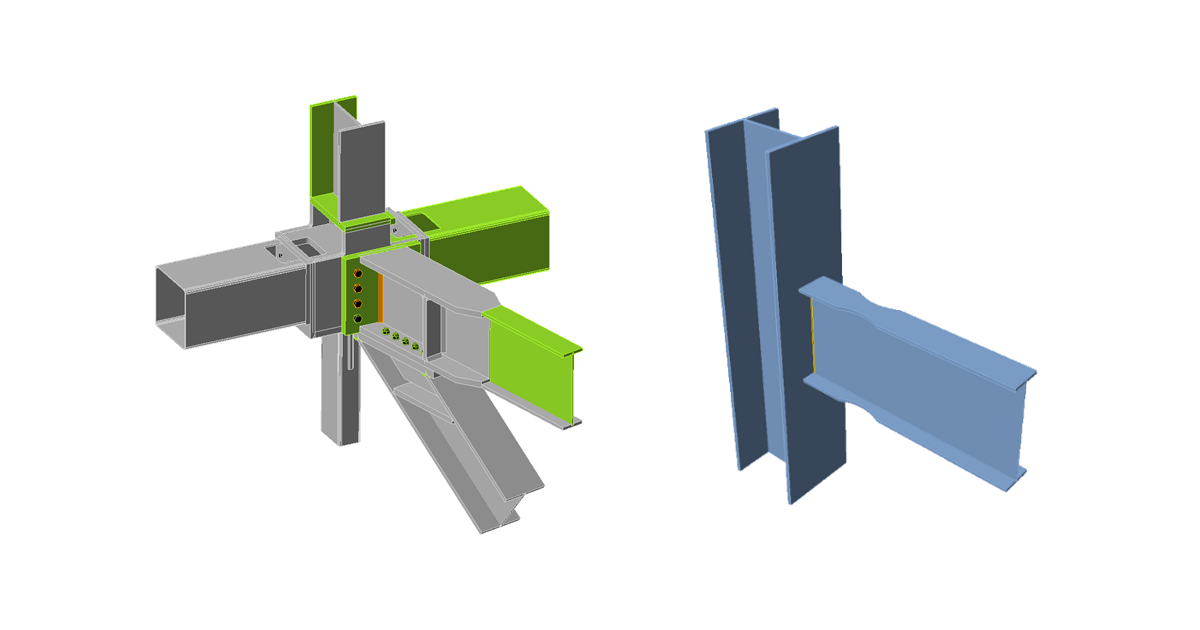Knihovna článků
Steel joint classification (AISC)
Ocel
Connection
CBFEM
Rotační tuhost
Tuhost
AISC (USA)
Joints are classified according to joint stiffness to:
- Rigid – joints with insignificant change of original angles between members,
- Semirigid – joints which are assumed to have the capacity to furnish a dependable and known degree of flexural restraint,
- Simple – joints which do not develop bending moments.
Joints are classified according to the commentary in AISC 360-16, Cl. B3.4.
- Rigid –
- Semirigid –
- Simple –
where:
- Sj,ini – initial stiffness of the joint; the joint stiffness is assumed linear up to the 2/3 of Mj,Rd
- Lb – theoretical length of the analyzed member
- E – Young's modulus of elasticity
- Ib – moment of inertia of the analyzed member
- Mj,Rd – joint design moment resistance


